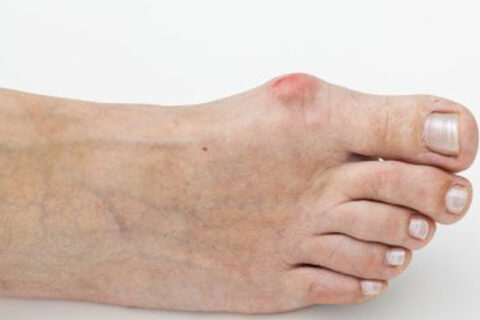Category: Heel Spurs
Bunions are foot deformities that cannot be reversed non-surgically. If a bunion specialist in the Sugar Land area diagnoses you with this…
Foot pain is common during pregnancy, especially during the third trimester. Since staying physically active is important during pregnancy, consider…
When your feet are in good condition, this can help make everyday tasks easier and promote your overall wellness. If you want a clean bill of health…
Referred to by foot specialists as edema, swelling of the foot and ankle can result from a range of factors. Are you thinking about seeing…
Heel spurs can be very painful, and this can discourage sufferers from being active. If you experience pain in your heel, talk to your Sugar Land…

